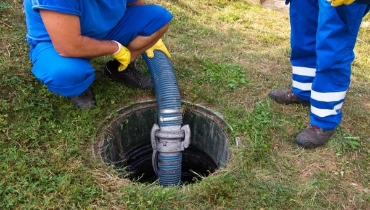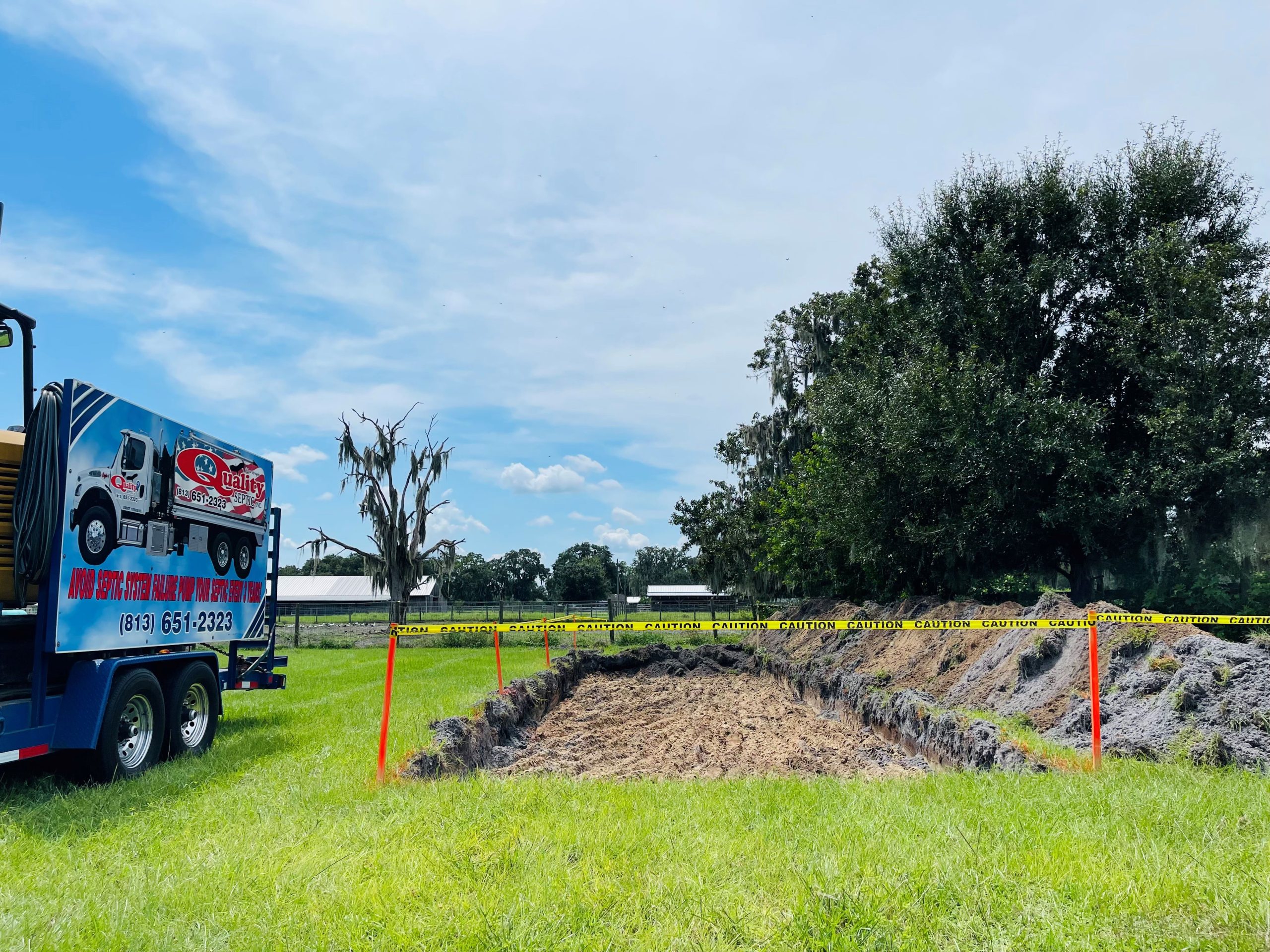Things about Stillwell Septic And Grading
Things about Stillwell Septic And Grading
Blog Article
Examine This Report about Stillwell Septic And Grading
Table of ContentsNot known Incorrect Statements About Stillwell Septic And Grading The 25-Second Trick For Stillwell Septic And GradingSome Known Factual Statements About Stillwell Septic And Grading Stillwell Septic And Grading Things To Know Before You BuyThe Greatest Guide To Stillwell Septic And GradingThe Best Strategy To Use For Stillwell Septic And Grading
Repair leaking taps and plumbing fixtures. https://www.metal-archives.com/users/stillwellsag. A dripping bathroom can squander hundreds of gallons of water a day. Take much shorter showers. Make every effort for less than 5 and do the shower jive. Take baths with a partially-filled bathtub and do not leave the faucet running when doing various other jobs. Wash only complete loads of recipes and washing.
Examine This Report about Stillwell Septic And Grading
Stay clear of shedding stacks of fallen leaves or branches over the drainfield, as the heat could damage the plastic pipelines listed below. Restriction the addition of topsoil or garden compost to no greater than 2 to three inches over the drainfield. Stillwell Septic. A great general rule for landscape design over drainfields is to make use of shallow-rooted plants that do not require additional topsoil to flourish
Yards, mixed wildflowers, and ground covers with superficial origins are excellent options. Plant trees and shrubs at the very least 30 feet away from your septic storage tank and drainfield to maintain roots from obtaining right into and damaging or clogging the drainfield pipes.
To find out more please check out the Landscape design Your Drainfield page. A septic tank failure triggers unattended sewage to be released and moved to where it ought to not be. This might trigger sewer to come to the surface of the ground around the storage tank or the drainfield or to back up in pipelines in the building.
What Does Stillwell Septic And Grading Do?
In many cases, the individual that drops in goes out without serious injury. But a child's unfortunate fatality is a tip to examine your septic system for damaged or missing out on covers. Owners of septic tanks are accountable for making sure the systems are safe and feature appropriately, including having a protected lid on the tanks
Regularly inspect the condition of the covers for risks or troubles. Keep the covers protected by fixing or replacing all damaged or missing out on parts. Usage bolts, screws, or various other locks to safeguard the lids and prevent simple accessibility. Never drive or park cars in addition to septic tanks- it can harm or dislodge the cover.
The Of Stillwell Septic And Grading
Make certain the lids are secured after servicing your septic system. Educate children that the septic system covers are not to be played on or opened. Have septic systems that are no much longer being used correctly deactivated. For various other basic safe techniques around septic systems please evaluation the Septics 201 Do It Yourself Program Septic Safety Tips.
Keeping in mind the degrees will certainly assist determine if there is a potential problem with the system. The tank will certainly be totally pumped down, removing all of the fluid and strong waste - Septic Tank Installation. Once the storage tank is completely pumped, the inlet and electrical outlet tees of the will be checked to guarantee they are still undamaged and working properly
The 6-Second Trick For Stillwell Septic And Grading
If you are home at the time of service (entirely not needed if that's not your point) you might be asked to purge your toilets to make sure every little thing is flowing appropriately. As soon as the service is total, the septic tank will certainly be covered as it was when we got here! Experts advise having your system pumped every 3 to 5 years but a number of variables should be thought about when deciding exactly how commonly your septic system requires to be serviced.

If you are experiencing smells in your home, give us a phone call. This can be an indication of an impending septic back up! Potentially. If your septic has not been serviced in more than 6 months, we would desire to service the septic. If the issue persists, a drainpipe cleaner will certainly then be sent to remove the line to the septic container.
The smart Trick of Stillwell Septic And Grading That Nobody is Talking About

If the ponding is focused over the leach field that could indicate a leach line is obstructed with Bio-Mat and requires to be repaired or changed. Many septic systems have 2 to three covers; one over the inlet side of the sewage-disposal tank (where the water from your home goes into the container), one in the facility of the container, and one on the outlet side of the tank (where the liquid from the storage tank exits to your leach field).
Cut up food particles do not break down in the septic system and can make their method out right into your leach field lines creating blockages. Waste disposal unit, even those marked septic risk-free, are ruled out valuable for your septic system. Correct working level is where the water degree in your tank satisfies the electrical outlet tee of the tank.
Report this page